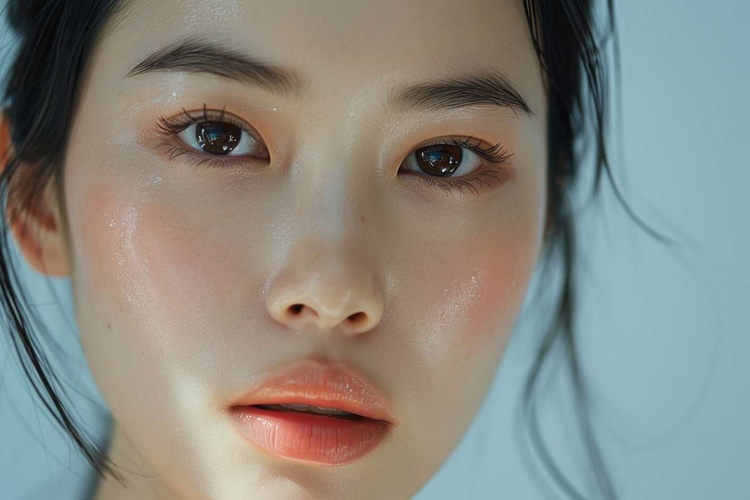The Power of Color in Beauty: Unmasking the Psychology of Makeup
Makeup has been an essential part of human culture for centuries. It's been used for various purposes - to boost confidence, express creativity, and even to make political statements. The colors we choose to apply to our faces can reveal much about our personalities, moods, and attitudes. But beyond these individual expressions, the colors used in makeup also hold a deep psychological significance. They have the power to evoke certain emotions and perceptions in others, making color psychology an interesting facet of beauty to explore.

The Roots of Color Use in Beauty
Historically, colors have always carried symbolic meanings across different cultures. In ancient Egypt, for example, eyeliner wasn’t just a cosmetic tool. Black kohl, used to line the eyes, was believed to ward off evil spirits and protect the soul. Green malachite, used as eyeshadow, represented fertility and rebirth. Similarly, in China during the Tang Dynasty, red lipstick was seen as a status symbol, only to be worn by royals and high-ranking courtesans.
In today’s world, the use of color in cosmetics has evolved beyond these symbolic meanings. However, the impact of color on our perceptions and emotions remains significant. This is where color psychology comes into play.
Color Psychology in Makeup
Color psychology, the study of hues as a determinant of human behavior, suggests that colors can evoke certain emotions and perceptions. For example, red is associated with energy, passion, and power. It’s no surprise, then, that a red lipstick may make the wearer feel confident and powerful.
Blue, on the other hand, is often associated with calmness and stability. In makeup, it can create a calming, tranquil effect. Similarly, green, being the color of nature, can evoke feelings of freshness and tranquility.
On the flip side, color can also influence how others perceive us. Research shows that people wearing warmer colors (like red or orange) are seen as more approachable, while those in cooler tones (like blue or green) are perceived as more professional.
Trends and Impact in the Beauty Industry
The power of color psychology is not lost on the beauty industry. Brands often utilize color psychology in their marketing strategies. For instance, many skincare brands use green, blue, or white in their packaging to evoke feelings of freshness, cleanliness, and purity.
In terms of makeup trends, there’s been a noticeable shift towards more bold, vibrant colors in recent years. This could be seen as a reflection of society’s increasing acceptance and celebration of individuality and self-expression.
Moreover, the inclusivity movement in the beauty industry has led to a broader range of foundation shades. This not only caters to diverse skin tones but also acknowledges that beauty is not bound by color.
Perception and Reception of Color in Makeup
The use of color in makeup is, of course, subjective. What one person finds empowering or beautiful may not resonate with another. However, understanding the psychological implications of color can be a powerful tool in choosing makeup that enhances one’s sense of self.
The impact of color psychology in beauty goes beyond individual preference. It can shape societal norms and perceptions. For example, the trend of using bold, vibrant colors in makeup can be seen as a form of self-expression and a rebellion against traditional beauty standards.
The Future of Color in Beauty
As our understanding of color psychology deepens, its application in beauty is likely to become more nuanced. It’s exciting to think of a future where we can use color not just to enhance our physical appearance, but to communicate our emotions, attitudes, and beliefs.
In conclusion, the power of color in beauty is about more than just aesthetics. It’s a means of self-expression, a form of communication, and a tool for personal empowerment. Whether consciously or subconsciously, the colors we choose to wear on our faces can speak volumes about us. It’s a fascinating facet of beauty that’s worth exploring, not just for makeup enthusiasts, but for anyone interested in the complex interplay of psychology and aesthetics.




